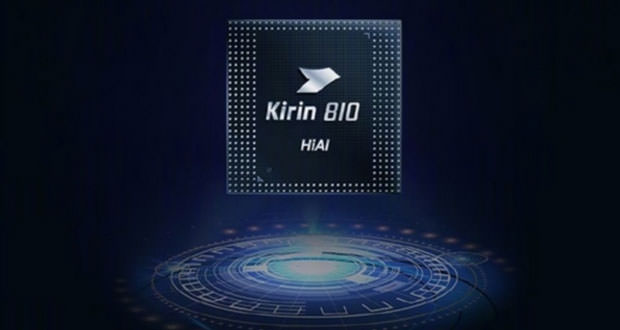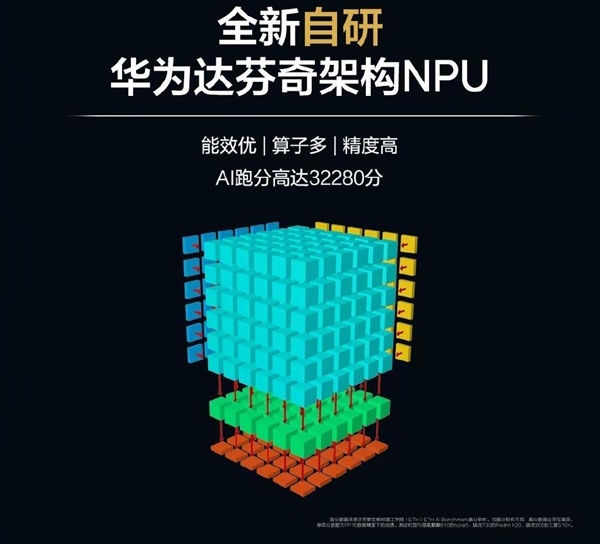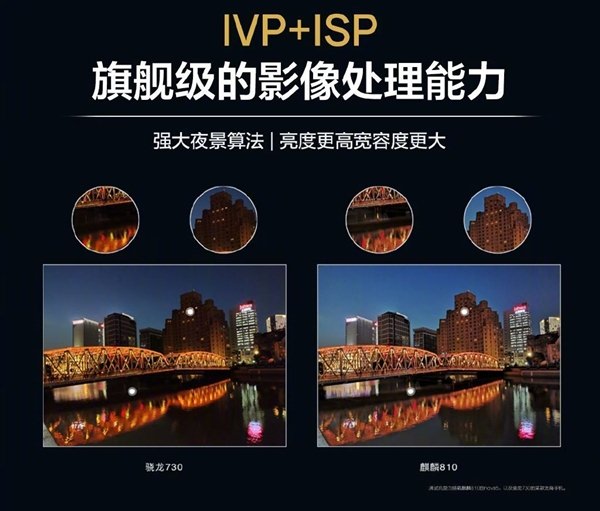Huawei Kirin 810: New mid-range SoC for smartphones
Huawei Kirin 810 is the new mid-range SoC of the Chinese manufacturer that focuses on interesting performances, but above all on the new management of Artificial Intelligence based on DaVinci architecture.
Despite most of the attention being paid to high-end solutions, Huawei has recently introduced the new mid-range Kirin 810 smartphone processor which uses the same 7 nm production process as its big brother.
Huawei Kirin 810 is the first processor that uses Artificial Intelligence with DaVinci architecture built internally by the Chinese company. This allows the new SoC to achieve a very high score when the computational power of the NPU is taken into consideration.
The structure of Huawei Kirin 810 provides an octa-core structure (2 6) divided into two cores based on Cortex-A76 architecture with a frequency of 2.27 GHz and six Cortex-A55 cores with a frequency of 1.88 GHz. As always, this kind of structure provides the possibility to exploit the power of the most powerful cores (A76) or save energy by exploiting the less powerful ones (A55).
The integrated GPU is a Mali-G52 MP6 (always of ARM origin) which should lead to a 162% performance increase compared to Kirin 710 also supporting the Kirin Gaming technology. By comparison, compared to the Snapdragon 730 GPU (Adreno 618), performance should improve by 44%.
As for the part dedicated to the camera, thanks to the NPU DaVinci, overall performance can be improved, support for the latest generation of the white balance algorithm, noise reduction, support for RAW file management, better management of the AR.
Always the Artificial Intelligence allows to improve the exchanges between the various subsystems and better manage the frequency of the CPU and GPU. The modem connectivity provides VoLTE support on two SIM cards. The first smartphone to use Kirin 810 is Huawei Nova 5 but by the end of the year it is very likely that we will see other models with this processor.



